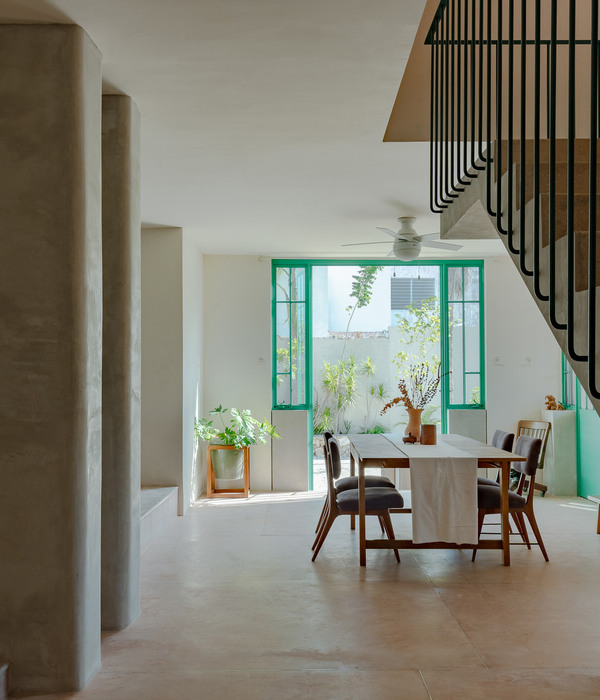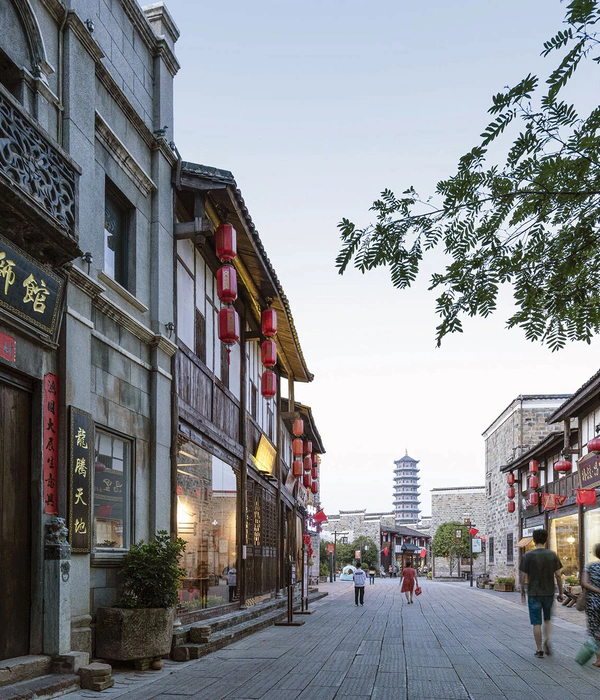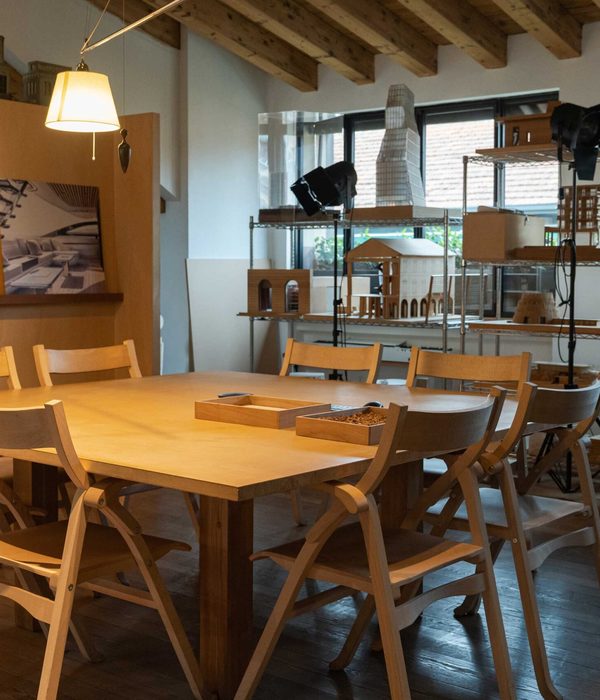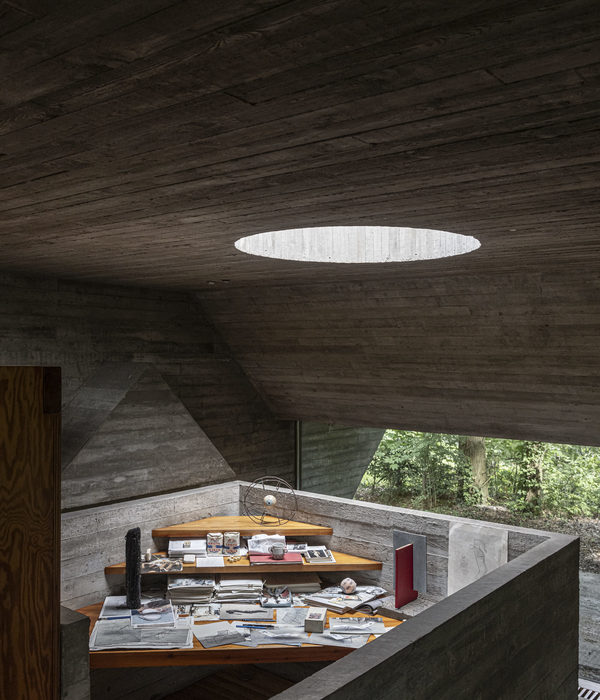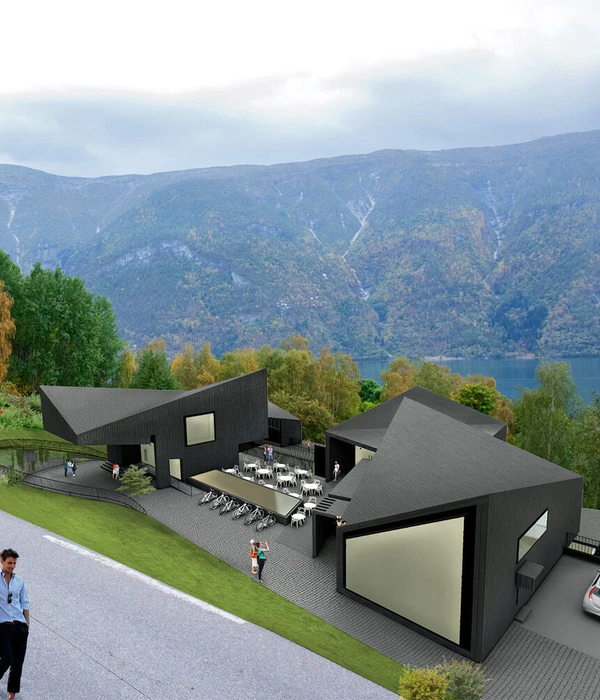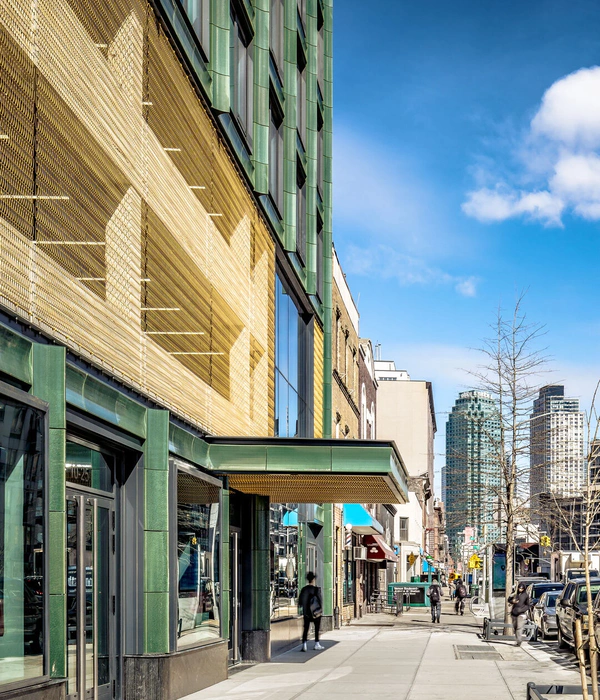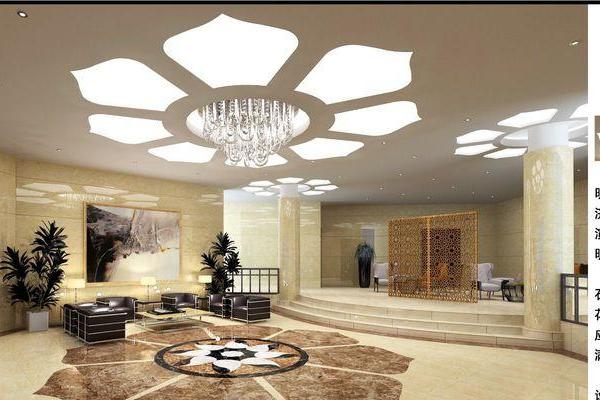We created this artwork for OCT, who served both as organiser of this exhibition, as well as investor for this particular artwork. Named “The Mirror Mind Without Time”, our installation consists of a group of pillars, erected along a regular rectangular grid.
When contemplating about time in an architectural context, one very quickly extends the questions, that are at the centre of the design, to the location and subsequently to the history of the built environment it is located in. These thoughts make the location in Shenzhen / DaPeng so interesting.
While Shenzhen is the reality of the present and most likely future of China, DaPeng is more than just the past: It represents a possibility of Shenzhen, a “what if” scenario, if the free trade zone had not been established. DaPeng is what people would see, if they would think of Shenzhen in such a case. The mega modern versus traditional city is the most obvious contrast we stumble upon in this scenario, but others come quickly to mind, such as the quest of the artificial and natural character of our cities.
The thought about DaPeng and Shenzhen forms a dialog between both sides of time.
We use this as a starting point to rethink what we see as given about how a city is and how it could be. The installation represents multiple layers of time and space, and introduces the importance of the observer: Depending on one’s literal point of view the installation presents itself either as an organised and rigid structure, or as a chaotic cloud of pixels. Alongside the point of view, the proximity of the observer plays a crucial role as well. Each pillar is an artificial shape, constituted from many individual particles, each a simple geometric form in themselves. Upon close inspection, each particle seems important, but seen from a distance the focus shifts to the larger form each group of pixels creates. This effect gets repeated the sum of the pillars: Their individual shape loses importance from a distance and forms a larger image.
What starts of as a geometric and explicitly artificial object ultimately forms a natural flowing shape. Each piece of the installation is made from concrete and metal, but more important than the material is the finishing. Part of each pillar is polished so that it reflects its surroundings multiplying the interpretations and showing that form is not a constant, but subject to change.
If we follow the thought that particles create through their proximity something larger than the sum of their pieces, than the reflected particles suggest that proximity in this case is more than the physical distance between two points.
The infinite number of images that can be seen show the infinite possibilities that lie in our cities. You can find both DaPeng, as well as Shenzhen in this The Mirror Mind Without Time and it does not judge what is better, instead reflects multiple moments of time, space and possibility.
{{item.text_origin}}

![Carlo Rossi [project] Carlo Rossi [project]](https://public.ff.cn/Uploads/Case/Img/2024-06-13/zEylSHmRfDpOnylrJzdENICKg.jpg-ff_s_1_600_700)
